Can you spot a fake?
Think you have what it takes to be a forensic scientist? Use your sleuthing skills to do fun science projects about forgery. Many experiments include ideas you can use for your science fair, and each chapter ends with a crime for you to solve!
"This series has it all: document and fingerprint analysis tips, ways to hone your detective skills, and facts about bone evidence. An excellent read for aspiring forensic scientists!"
Heather Miller Coyle, PhD, Science Consultant,
Professor of Forensic Science,
University of New Haven, West Haven, CT
About the Author
Robert Gardner is an award-winning author of science books for young people. A retired high school teacher of physics, chemistry, and physical science, he enjoys writing, biking and doing volunteer work.

Crime scene... forensic evidence... fingerprints... DNA. You probably hear these words often. Forensic science television programs show scientists solving crimes. Perhaps you would like to try it, too. But what is forensic science?
Forensic science is used to solve crimes. The findings can be used in court. This means scientists have to be very careful when they collect evidence and investigate crimes. Evidence collected at a crime scene can put a person in jail. But some people have been found innocent and released from prison as a result of forensic evidence. In this book, you will learn about and practice some of the skills used by forensic detectives.
If you have to do a science fair project, doing one about forensic science and documents can be a lot of fun. Some experiments in this book are marked with a  symbol. They are followed by ideas for science fair projects. But judges at science fairs like experiments that are creative. So do not simply copy an experiment from this book. Expand on one of the suggested ideas. Or think up a project of your own.
symbol. They are followed by ideas for science fair projects. But judges at science fairs like experiments that are creative. So do not simply copy an experiment from this book. Expand on one of the suggested ideas. Or think up a project of your own.
Scientists try to understand how things work. They make careful observations. They do experiments to answer questions. Nearly all scientists use the scientific method. They: (1) observe a problem; (2) form a question; (3) make a hypothesis (a best-guess answer to the question); (4) design and do an experiment to see if the hypothesis is true; (5) analyze the results of the experiment; (6) if possible, form conclusions; (7) accept or reject the hypothesis.
Scientists share their findings. They write articles telling other scientists about their experiments and results.
How do you begin a project you can use in a science fair? You start by noticing something that makes you curious. So you ask a question. Your question might arise from an earlier experiment, something you saw, something you read, or for another reason.
Once you have a question, you can make a hypothesisa possible answer to the question. Then you can design an experiment. The experiment will test your hypothesis. For example, suppose your question is Did suspect X write an illegal check? Your hypothesis might be that suspect X wrote the check. To test your hypothesis, you collect writing samples from X and several other possible suspects. You then compare the written samples with the same words found on the check. If Xs writing matches that on the check, your hypothesis was probably correct. You might conclude that X wrote the check. If Xs writing does not match the writing on the check, you will need to develop a new hypothesis.
Your experiment might lead to other questions. These questions will need new experiments. Thats the nature of science!
To do experiments safely always follow these rules:
- Always do experiments under adult supervision.
- Read all instructions carefully. If you have questions, check with the adult.
- Be serious while experimenting. Fooling around can be dangerous to you and to others.
- Keep your work area clean and organized. When you have finished, clean up and put materials away.
Criminals sometimes write things down when they are planning their crime. Kidnappers write ransom notes. Bank robbers write plans for their robbery. Forgers write and sign checks for other peoples money. Sometimes, they make the mistake of leaving their notes at the crime scene! Forensic scientists may use such writing as evidence in court.
In this chapter you will learn about indented writing. It can help solve crimes. You will see how handwriting can be analyzed and used as evidence. Then you will try to solve a crime that involves writing.

Image credit: Shutterstock
- a friend to write
- ballpoint pen
- notepad
- lamp
- pencil with soft lead
- Ask a friend to use a ballpoint pen to write something on a notepad. It might be a shopping list. It could be a reminder to do something. Do not look at the writing. The person who does the writing should tear off the page with the writing. The notepad should be left for you to examine.
- Hold the pad at an angle to the light from a lamp. Turn it slowly. You will see that the writing has indented the paper. You will probably be able to read what was written on the missing page.
Surprise the person who did the writing. Tell him or her what was written.
If you have difficulty reading the indented writing, try this: Find a pencil with soft lead. Gently slide the side of the pencil lead back and forth across the indentations. The lead will not darken the indentations. You should see white writing against the dark background.
Even very faint indentations can be made visible with the Electrostatic Detection Apparatus (ESDA). The electrical properties of paper are changed when it is compressed. To see indented writing, the paper is placed on the ESDA. It is then covered with a thin plastic sheet. These are placed between electrically charged plates. The paper becomes charged, but the charge pattern is different where the paper is indented. The paper is then sprayed with toner (small carbon particles) and fine glass bits that stick to the electric charges on the indentations. This makes the writing visible.
Police use the ESDA as well as visible indented writing to solve crimes. Indented writing is valuable evidence. It can be used to solve crimes and to convince a jury of a defendants guilt.
- Will indented writing be easier to see on damp paper? Do an experiment to find out.
- What are watermarks? Where can they be found? What makes them visible?
- paper
- pens and pencils
- tracing paper
- ruler
- 4 or 5 classmates or members of your family
No two people have the same fingerprints. And no two people have the same handwriting. However, matching fingerprints is much easier than identifying handwriting.
Here are some things to look for when trying to identify someones handwriting.
- Do the letters slant to the right or to the left? (See .) Left-handed peoples writing often slants to the left.
- Do the letters slant a lot or just a little? (See .)
- Are there loops in letters such as f, g, h, j, k, l, q, and y? (See .)
- Is the writing smooth, jagged, or by a trembling hand? (See .)
- Are some letters written with flourishes or in an unusual way? Are there unusual spaces between letters? (See .)

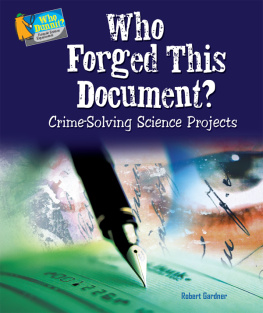

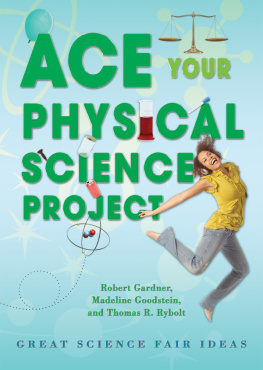


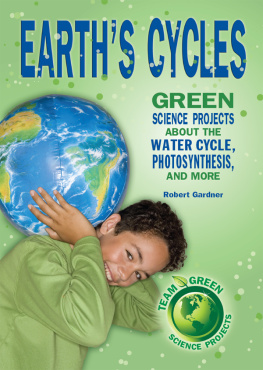
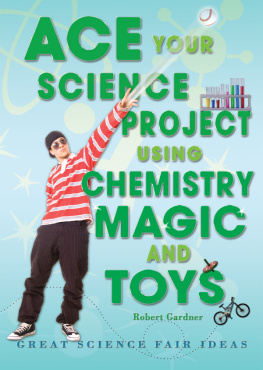
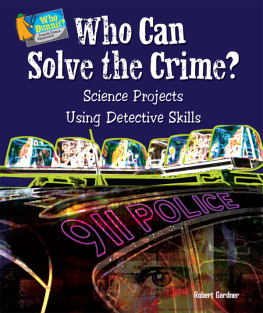

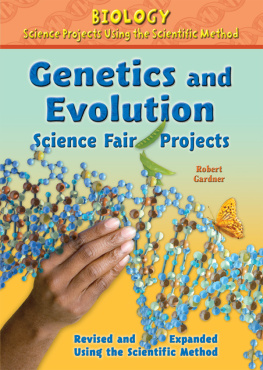
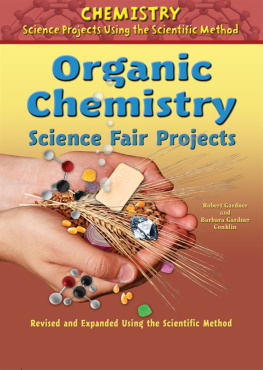

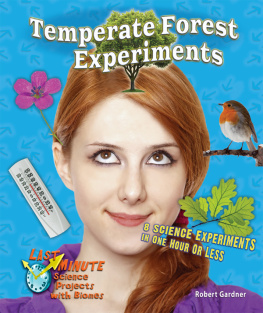
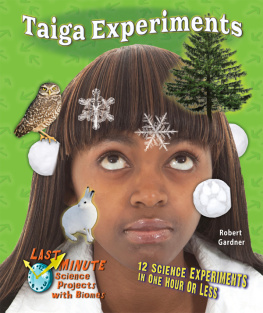
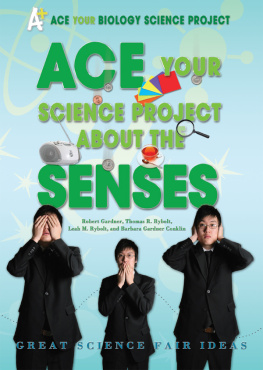
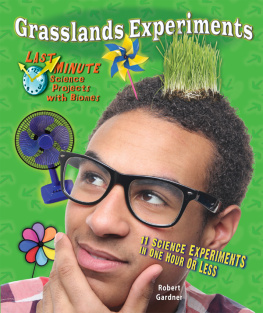




 symbol. They are followed by ideas for science fair projects. But judges at science fairs like experiments that are creative. So do not simply copy an experiment from this book. Expand on one of the suggested ideas. Or think up a project of your own.
symbol. They are followed by ideas for science fair projects. But judges at science fairs like experiments that are creative. So do not simply copy an experiment from this book. Expand on one of the suggested ideas. Or think up a project of your own.